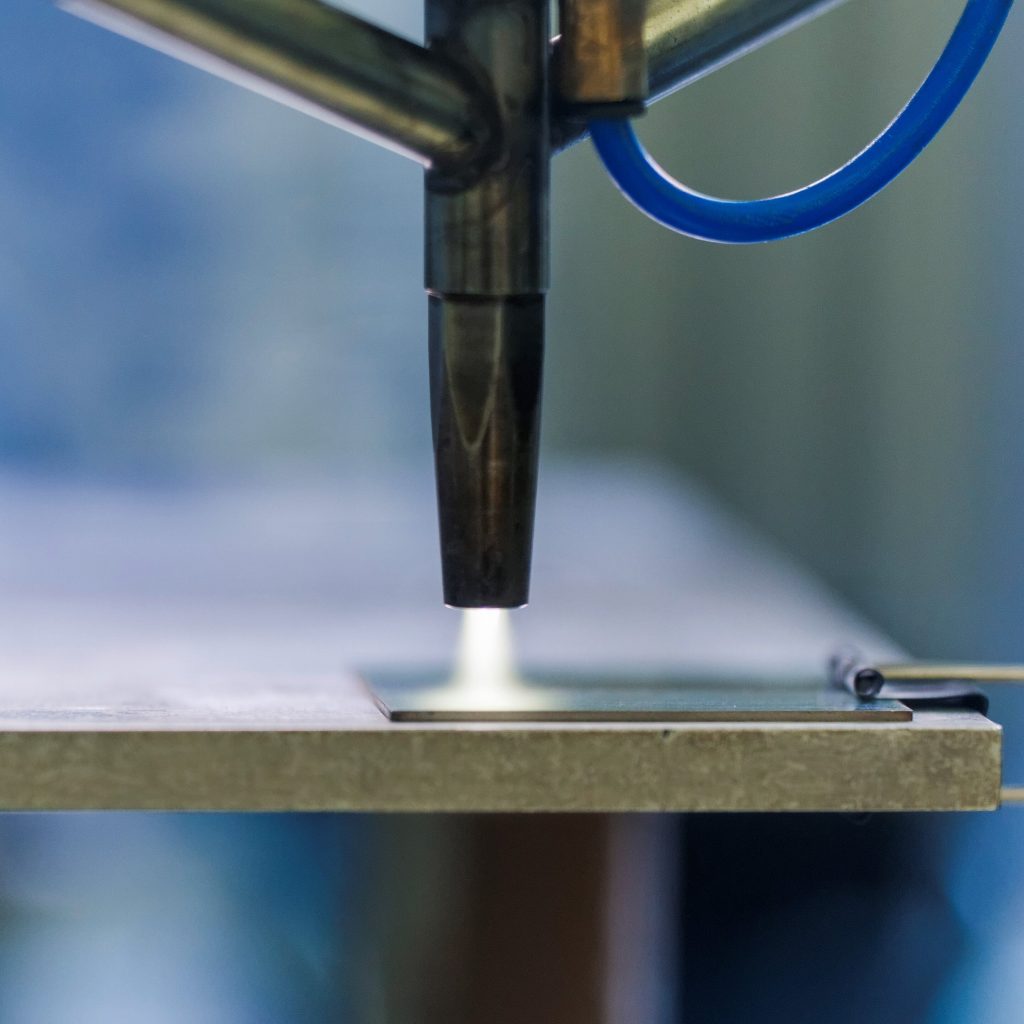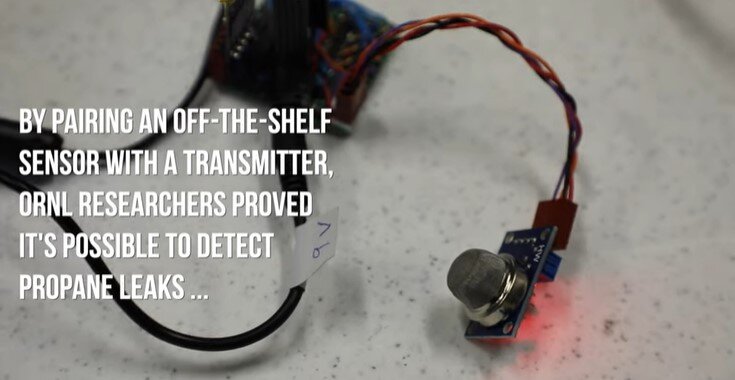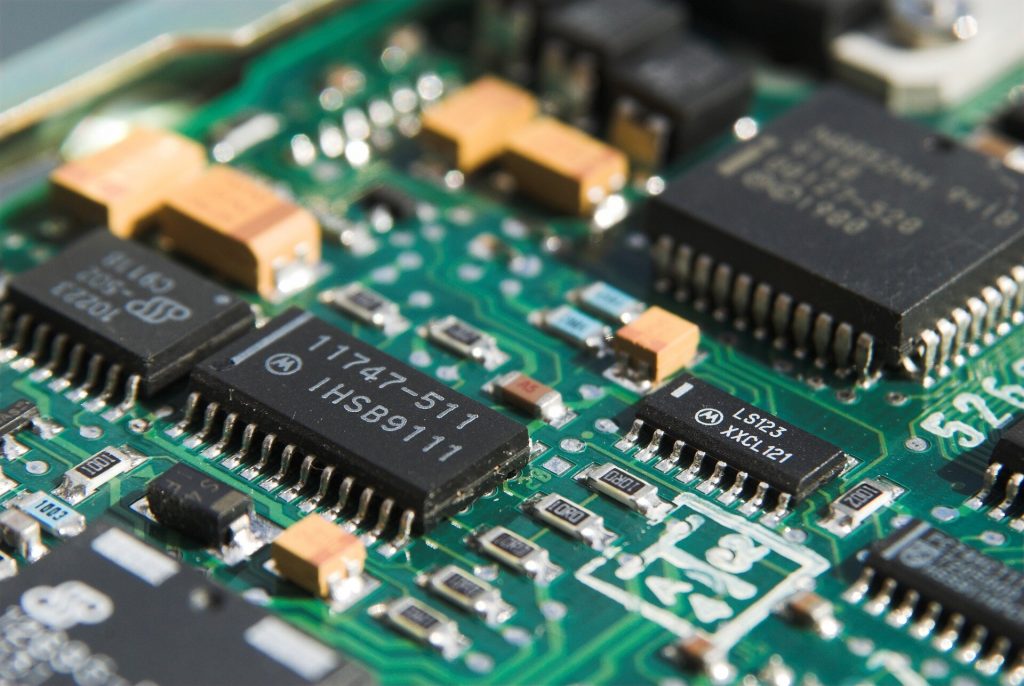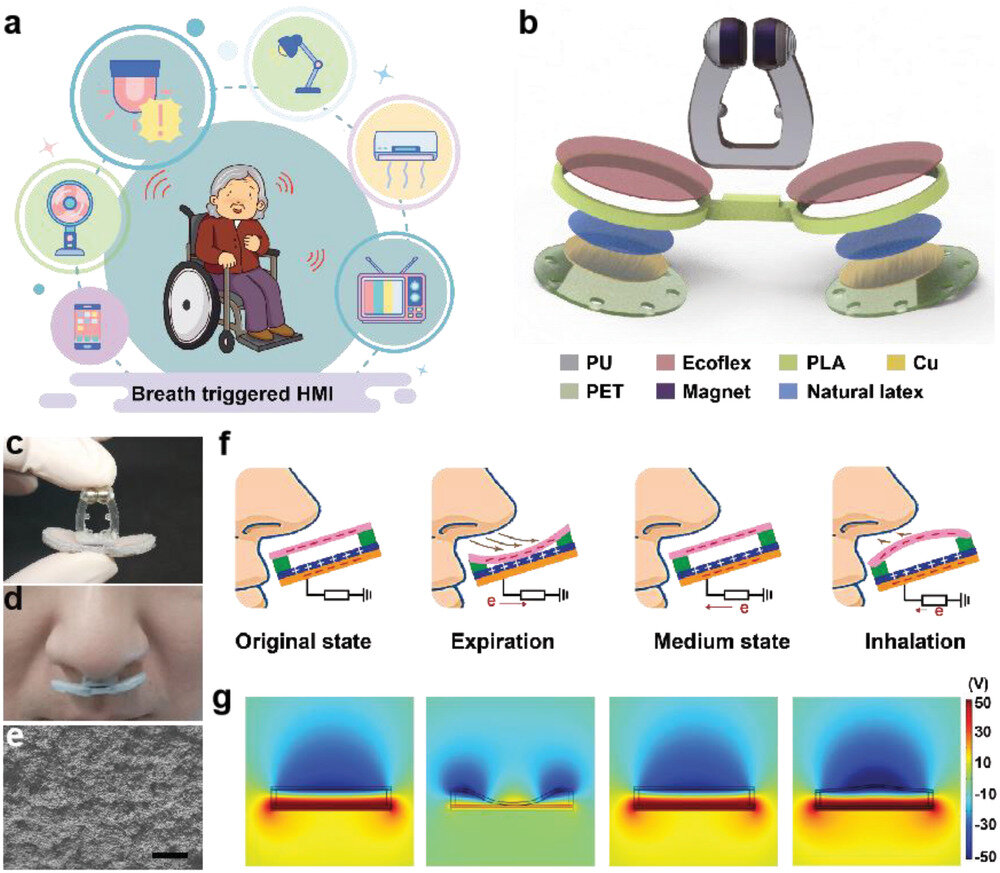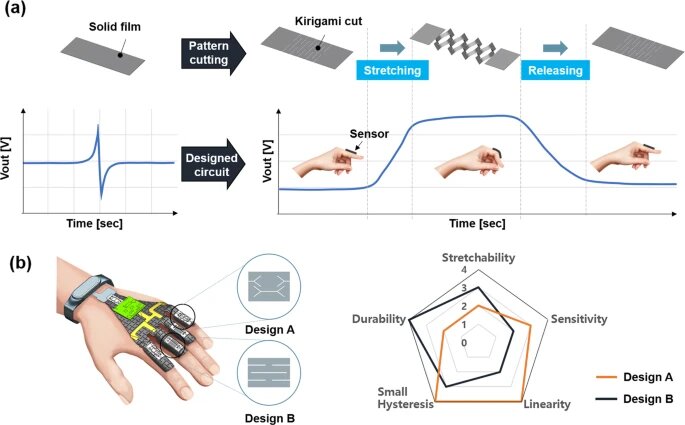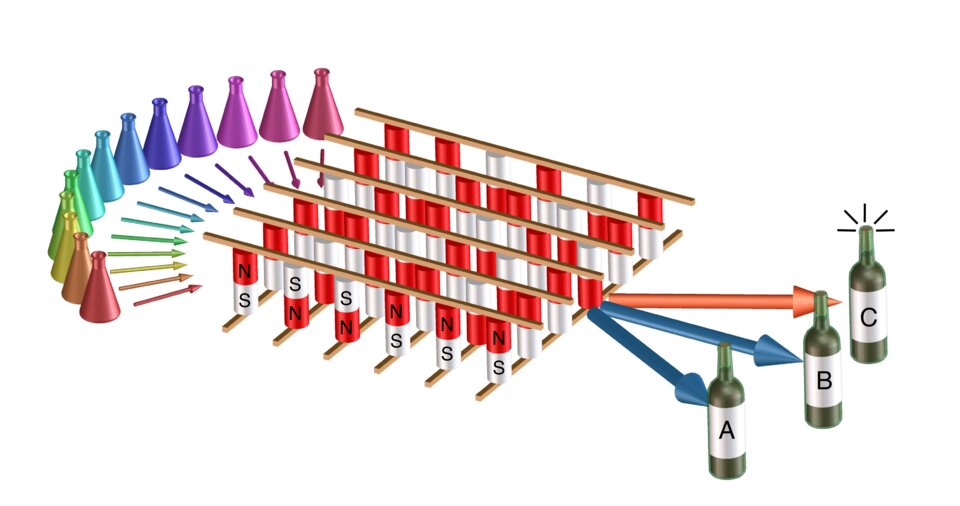Layer deposition using a plasma jet. Credit: INNOVENT e.V. Researchers from INNOVENT e.V. and Ferdinand-Braun-Institut gGmbH have developed a measurement technique to detect nanoscale fluorescent thin films for the first time without using expensive laboratory equipment. Fluorescent thin films are used in areas such as security, logistics and merchandise management. The Jena-based industrial research institution…
Category Archives: Hardware
Schematic diagram of polymer-based skin-attachable acoustic sensor. Attached on the skin. Comparative graph of sound detection. Credit: POSTECH “Hey, Siri, how’s the weather today?” Voice recognition technology is increasingly prevalent. It is a convenient technology with broad applications. However, to get the most of its intended functions, users must stand near the device and articulate…
Credit: Oak Ridge National Laboratory Oak Ridge National Laboratory researchers demonstrated that an electrochemical sensor paired with a transmitter not only detects propane leaks within seconds, but it can also send a signal to alert emergency services. Propane is an alternative refrigerant that has low global warming potential. However, because of its flammability risk, it…
Midwest Roadside Safety Facility. Credit: University of Nebraska-Lincoln Highway drivers passing through construction zones may not give second or even first thought to the barriers that separate their vehicles from the workers on the other side of them. But those barriers—usually precast, portable segments of concrete—are often the only buffers protecting the construction workers from…
Researchers created Exo, which helps performance engineers transform simple programs that specify what they want to compute into very complex programs that do the same thing as the specification, only much, much faster. Credit: Pixabay/CC0 Public Domain Moore’s Law needs a hug. The days of stuffing transistors on little silicon computer chips are numbered, and…
Structural design and working mechanism of the breathing-driven triboelectric sensor. a) Schematic diagram of the designed TENG-based HMI system. b) Schematic illustration of structural components of the triboelectric sensor. c,d) Photographs of the triboelectric sensor prototype. e) SEM image of the Ecoflex film with surface microstructures. Scale bar, 50 µm. f) Schematic illustration of the working…
Credit: Flinders University Can a $1 device that attaches to a mobile phone become a pivotal tool to help solve the $1 trillion #foodwaste problem? GoMicro CEO and founder Dr. Sivam Krish says the answer is yes—with GoMicro’s Spotcheck App and a phone attachable magnifier designed for accurately assessing the level of ripeness or spoilage…
a Strain sensing mechanism. b Sensor property design with kirigami patterns. Credit: Seoul National University Wearable displacement sensors—which are attached to a human body, detect movements in real time and convert them into electrical signals—are currently being actively studied. However, research on tensile-capable displacement sensors has many limitations, such as low tensile properties and complex…
By analyzing the different characteristics of wines, such as acidity, fruitiness and bitterness (represented as colored flasks on the left), a novel AI system (center) successfully determined which type of wine it was (right). The AI system is based on magnetic devices known as “magnetic tunnel junctions,” and was designed and built by researchers at…
Credit: NSLAB at KTH Royal Institute of Technology With Moore’s law coming to an end, storage systems are turning to hardware accelerators such as FPGAs to offload computing-intensive tasks from the CPU. However, provisioning these accelerators comes with a hefty price tag. Researchers at KTH Royal Institute of Technology and three other universities have found…

